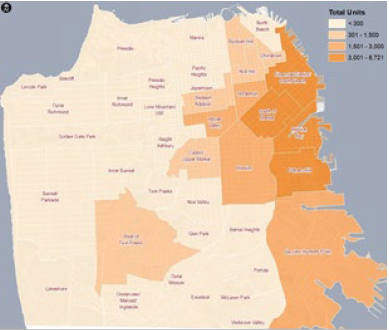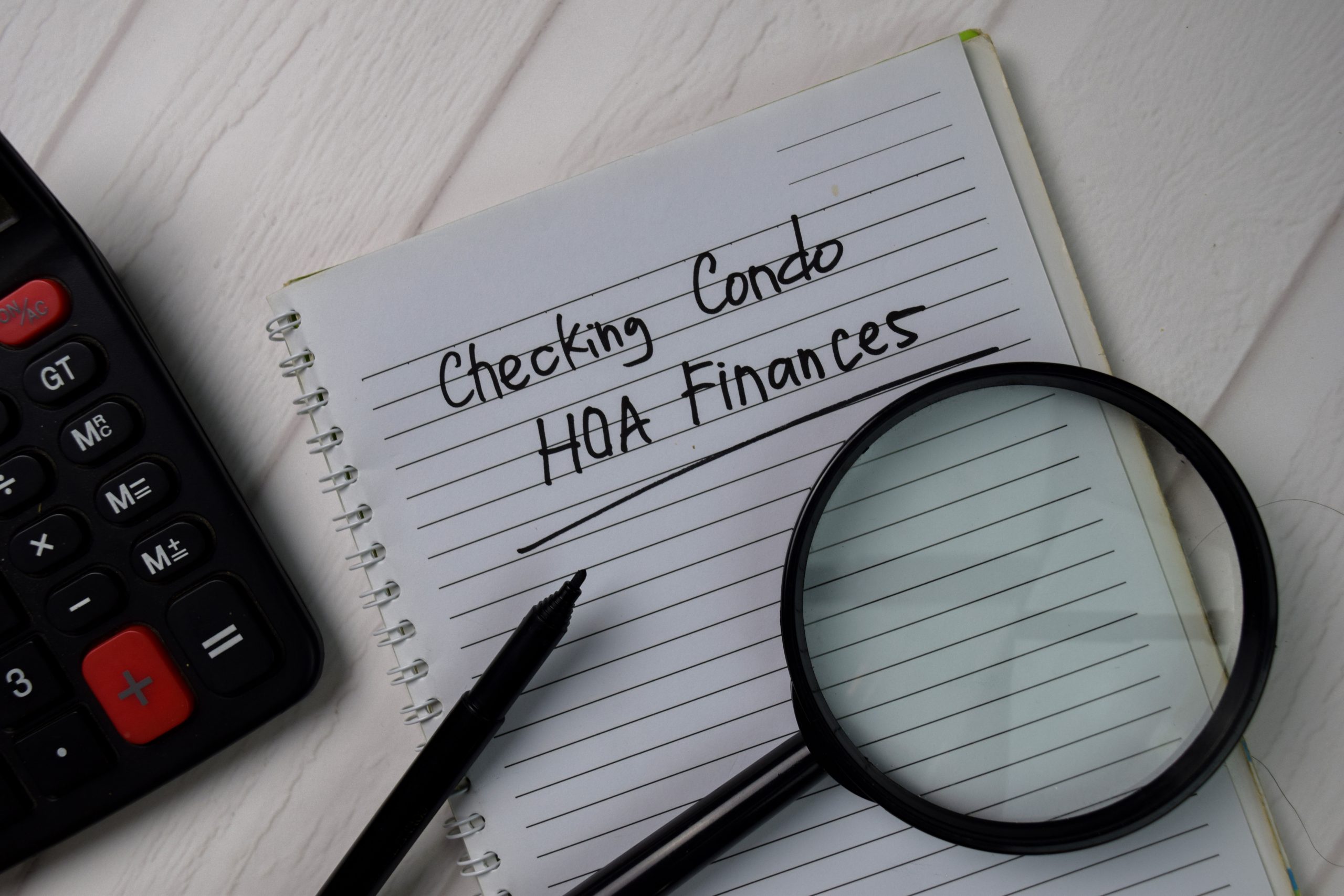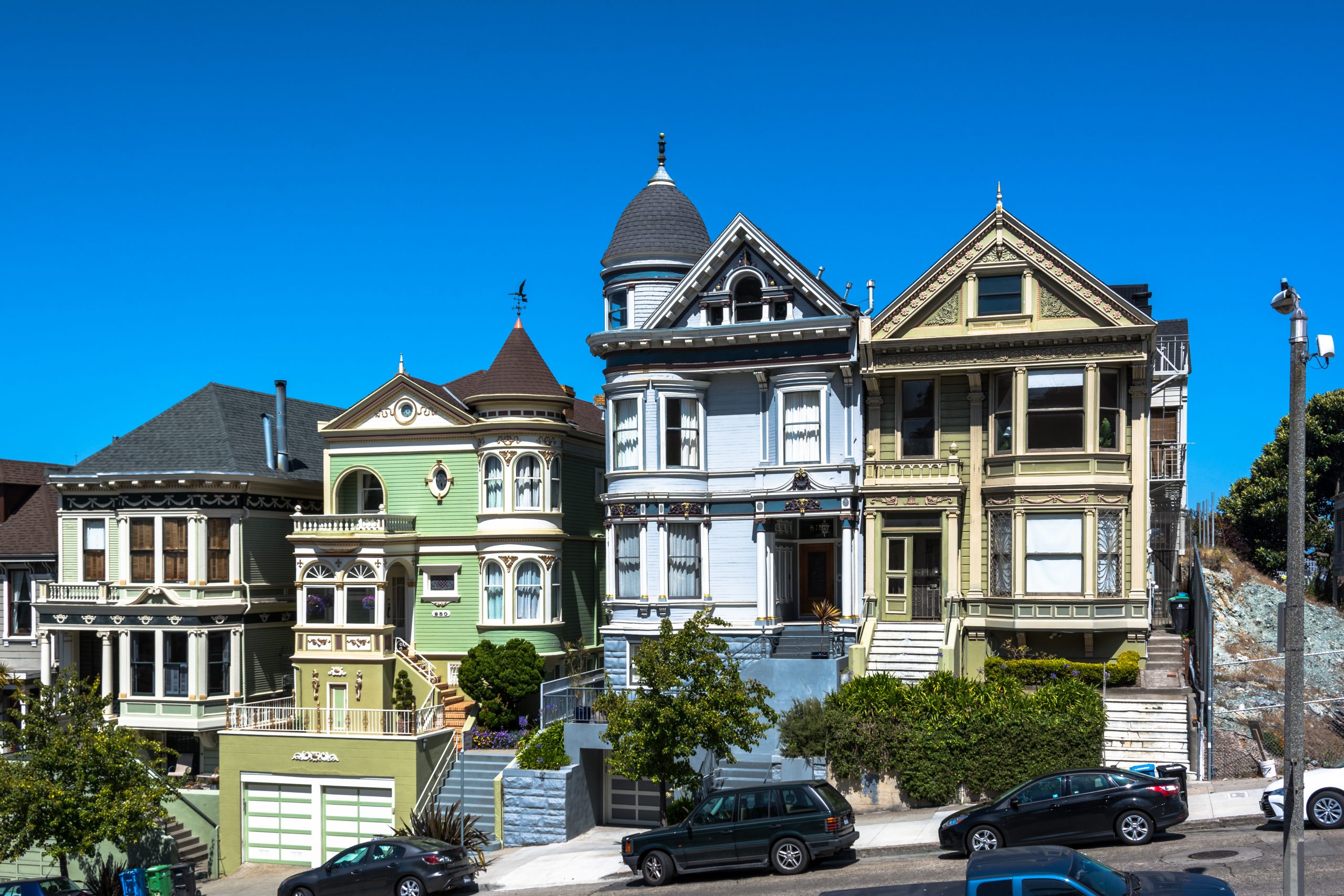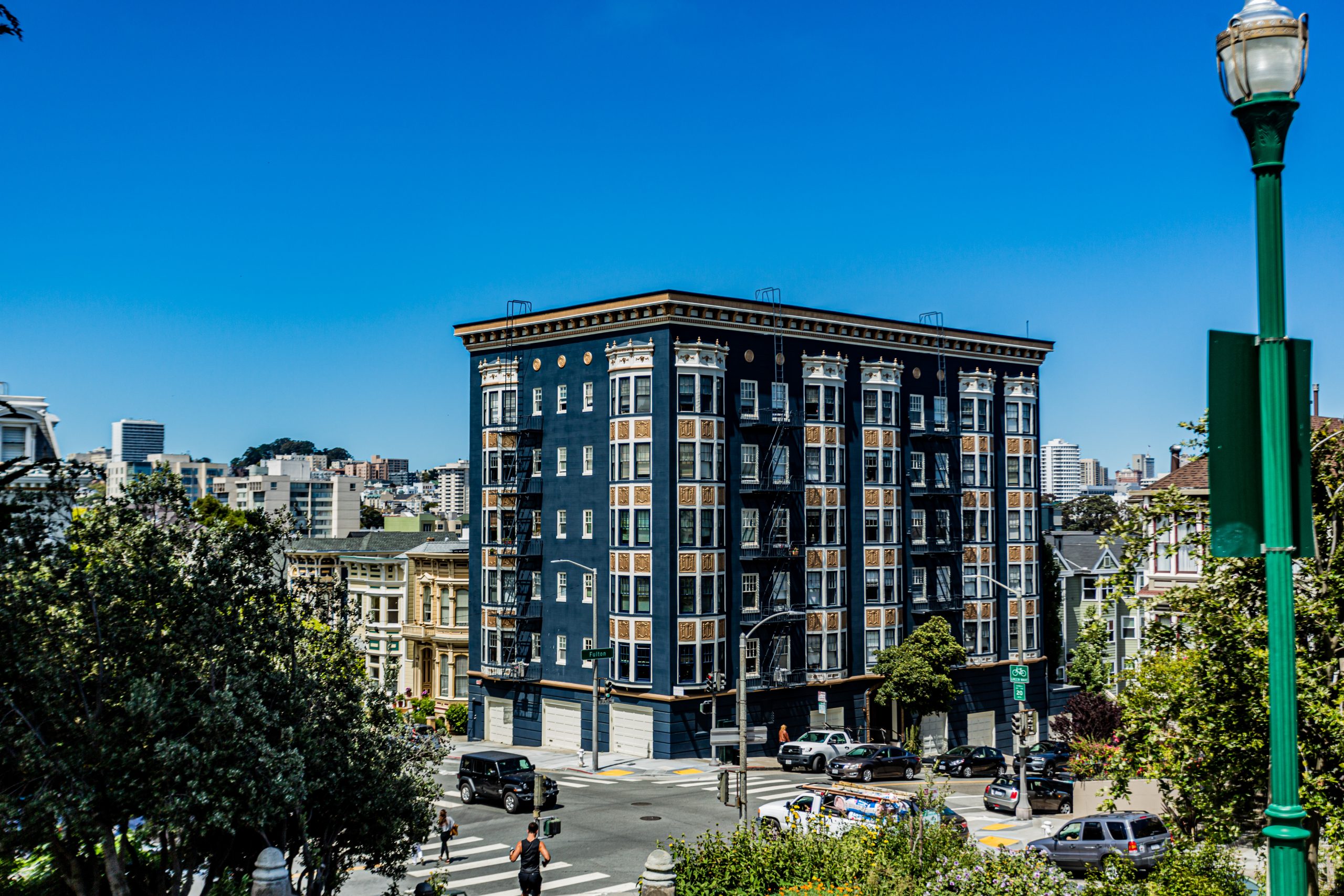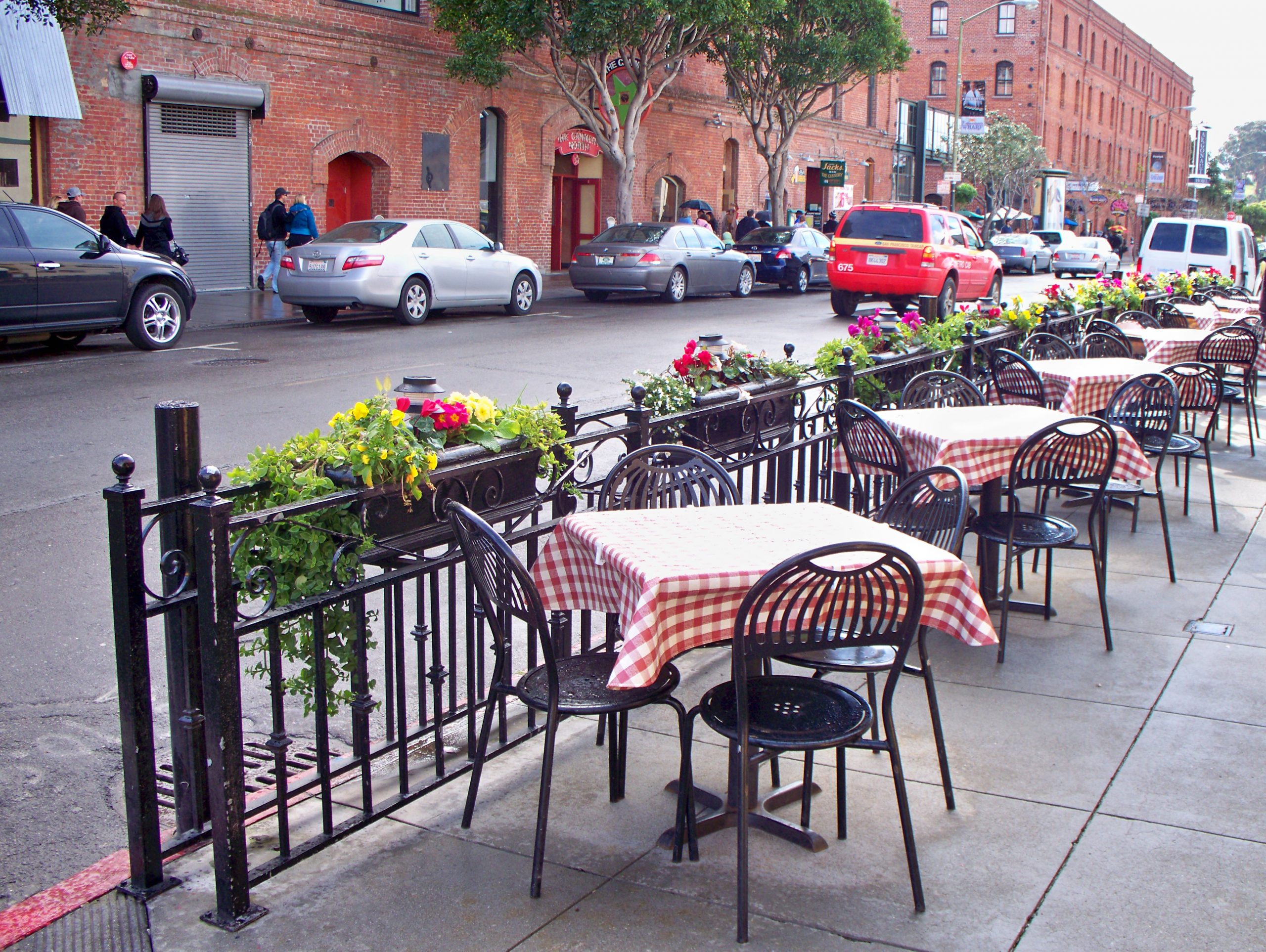On Thursday, November 18, 2021, the San Francisco Planning Commission unanimously recommended that the Board of Supervisors approve legislation proposed by Supervisor Rafael Mandelman to allow four units on any residential lot, as well as up to six units on corner lots, in “RH” zones.
Supervisor Mandelman’s proposal—actually two pieces of legislation—only proposes minor changes to the Planning Code itself, and is quite simple in its effect: (1) up to four dwelling units per lot would be allowed either on every corner lot or on every lot in an “RH” zoning district, and (2) those sites would be subject to the development controls of the RH-3 zoning district. All other aspects of the SF Planning Code would continue to apply. That includes height, rear yard, setback, and open space requirements, as well as the standard entitlement and environmental review process. The Planning Commission also recommended the Planning Department’s proposed modifications, including that the Board of Supervisors allow six units on corner lots.
Supervisor Mandelman has been pushing for this legislation for nearly a year. He expanded the reach of the ordinance after the state passed SB 10, which allowed moderate upzoning near transit without a cumbersome and years-long CEQA review process that ordinarily would be required (not to mention that each project utilizing the increased density would undergo its own CEQA review). In spite of well publicized denials of major housing projects by the Board of Supervisors, Supervisor Mandelman proposed legislation that can become a key solution to San Francisco’s housing crisis. This is not an easy time to propose pro-housing laws in San Francisco, much less expanding its scope when presented with the opportunity.
The Planning Department’s staff report contains an insightful point that seems to get lost in the debate over adding new units in formerly single-family housing districts. 12,568 residential buildings in San Francisco have more units than would be allowed under current zoning. That represents about 31% of all homes in the city. As the Planning Department’s staff report notes, Supervisor Mandelman’s proposal rectifies policy decisions made in the 1970s which effectively downzoned large swaths of western and southern San Francisco. Multifamily buildings coexist with single-family homes currently and can in the future.
The Planning Department’s recommendations included an increase on corner lot density to six units, amending the residential design guidelines to add objective standards, eliminating the RH-1 zoning district and adopting a local alternative to SB-9, increasing funding for supportive housing programs, and establishing an impact fee on homes over 4,000 square feet. Ensuring all San Franciscans have access to capital in order to benefit from the legislation will be crucial to create new fourplex housing. Development impact fees have become a primary cost consideration for development projects; taxing housing instead of looking for a more generalized funding source might not prove successful. Also, establishing objective residential design guidelines will be critical to ensuring that fourplex projects can actually be approved, and in an orderly fashion without overburdening Planning Department staff or dissuading San Franciscans wary of an overly complicated set of guidelines or process. For example, in spite of the RH-4 zoning, the Residential Design Guidelines could effectively limit some sites to a lower density.
As noted above, Supervisor Mandelman’s ordinances as currently proposed are straightforward and clear to understand and execute. They now move to the Board of Supervisors, which will be able to add the Planning Commission and Planning Department’s suggestions and make proposals of their own. It remains to be seen what final form the legislation could take.
Finally, this update includes two maps from the Planning Department’s staff report. The first shows the areas in San Francisco that are currently zoned RH, where the proposed legislation would allow fourplexes. The second shows where new housing has been built in San Francisco since 2005. The maps generally do not overlap.
Authored by Reuben, Junius & Rose, LLP Attorney Mark Loper.
The issues discussed in this update are not intended to be legal advice and no attorney-client relationship is established with the recipient. Readers should consult with legal counsel before relying on any of the information contained herein. Reuben, Junius & Rose, LLP is a full service real estate law firm. We specialize in land use, development and entitlement law. We also provide a wide range of transactional services, including leasing, acquisitions and sales, formation of limited liability companies and other entities, lending/workout assistance, subdivision and condominium work.



